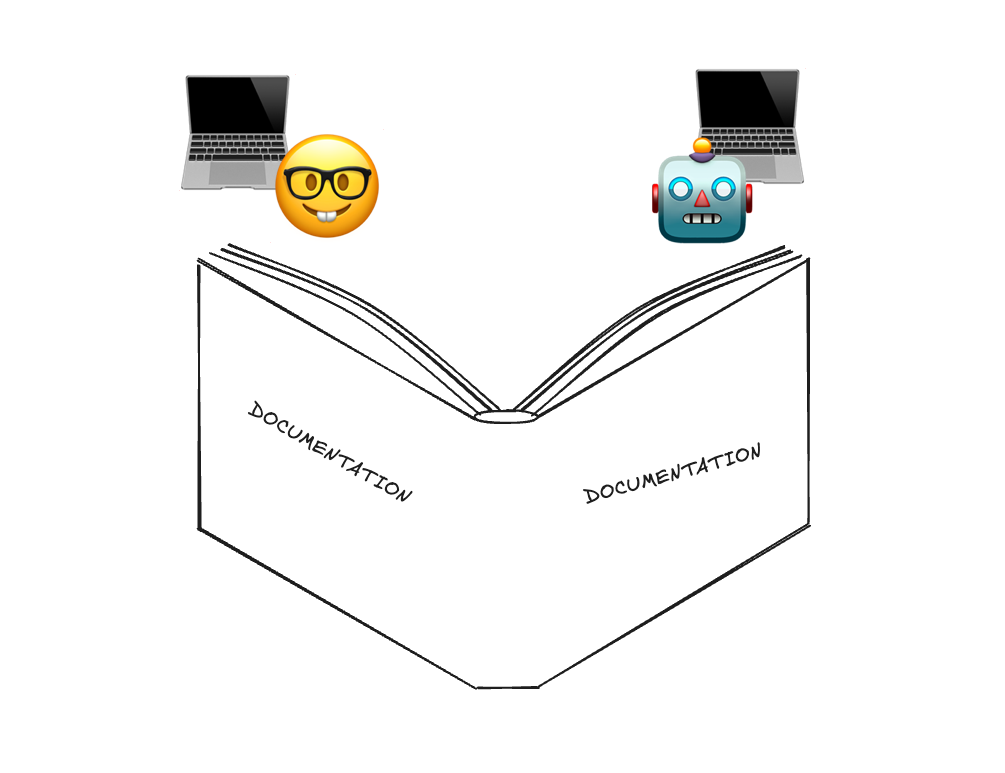"Every prompt you polish is a mini-tutorial for the intern who replaces you."
In the emerging landscape of human-AI collaboration, we face a fascinating coincidence: by meticulously documenting processes for AI systems, we're simultaneously solving one of the most persistent challenges in organisational knowledge management: it is becoming not just important but essential to capture tacit knowledge that previously remained locked in experts' minds.
We're entering a new terrain of critical thinking. The challenge is no longer just finding the right answer, but "understanding the topography of AI's thinking landscape—identifying peaks of superhuman competence and valleys where systems confidently generate plausible-sounding errors." This makes our documentation efforts not just operational necessities but strategic advantages.
The Tacit Knowledge Problem
Historically, organisations have struggled with what philosopher Michael Polanyi identified as tacit knowledge: "we can know more than we can tell." This expertise, embedded in experience rather than explicit instructions, has traditionally been transferred through apprenticeship, direct observation, or costly trial and error.
Knowledge capture has been prohibitively expensive. Best practices remained trapped in silos, passed as tribal wisdom between team members. These insights are valuable yet invisible, impossible to scale, and vulnerable to loss when experts depart. Organisations accepted this as an inevitable limitation.
How AI Rewrites the Knowledge Equation
AI's entry flips this script dramatically. By requiring us to articulate processes explicitly for machine consumption, AI becomes an unexpected catalyst for knowledge extraction. When we write prompts, clarify workflows, or structure data for AI systems, we're potentially creating training materials for our human teams simultaneously.
This parallel benefit transforms the economics of documentation. AI-driven knowledge capture reduces costs to near zero. The barrier to creating comprehensive, precise guides has never been lower.

The New Shape of Critical Thinking
As "The Great Cognitive Outsourcing" suggests, valuable thinking is evolving beyond traditional critical analysis. We're spending more time at "the top end of higher order thinking" as we:
- Define problems in ways AI can approach
- Synthesise insights across disparate AI outputs
- Apply ethical frameworks and real-world context
- Take ultimate responsibility for final outputs
The documentation we create for AI becomes the map for navigating this new cognitive landscape—benefiting both our machines and our colleagues.
From Unstructured to Structured Knowledge
Today's AI tools can convert unstructured data (conversations, meetings, casual explanations) into structured, actionable information. This transformation turns implicit knowledge into explicit "recipes" that both humans and machines can follow.
This process mirrors what researchers like José Luis Ricón have identified as the ideal way to scale expertise: creating "libraries of expert performances with commentary" and "documentation of difficulty and failure patterns." By documenting for AI, we're building these libraries by necessity rather than choice.
While my earlier article "The Soon-to-be Obsolete Skill of Prompt Engineering" argued that our current prompt-based interfaces will eventually become legacy systems, the documentation they generate will retain value long after the interfaces evolve. The explicit knowledge captured today forms the foundation for tomorrow's more intuitive AI interactions.
Documentation as Competitive Advantage
So let's reframe our understanding: AI isn't deskilling workers; it is catalysing unprecedented knowledge sharing. Good documentation hygiene isn't about accommodating machines; it's about cultivating clarity, efficiency, and precision that benefits everyone.
Every minute spent refining systems for AI simultaneously sharpens our collective human capability. The organisations that recognise this hidden benefit will discover that in documenting for machines, they've inadvertently created their most valuable asset: a comprehensive, accessible repository of organisational wisdom that transforms tacit expertise into shared knowledge at scale.
